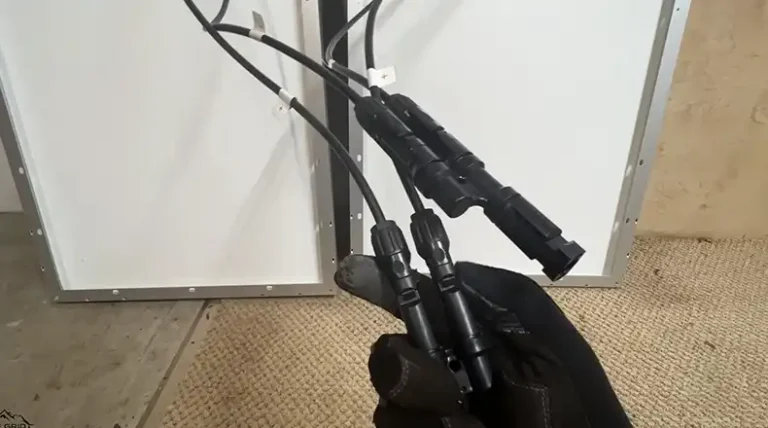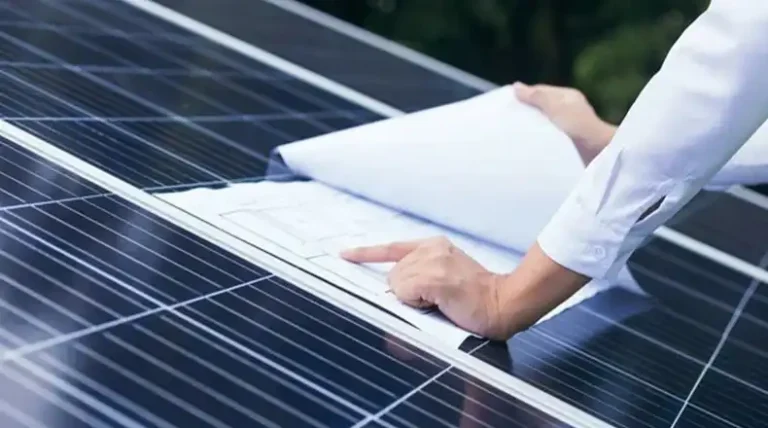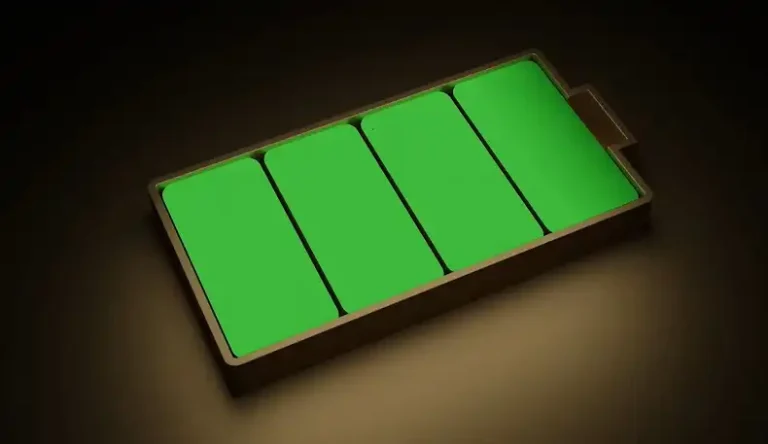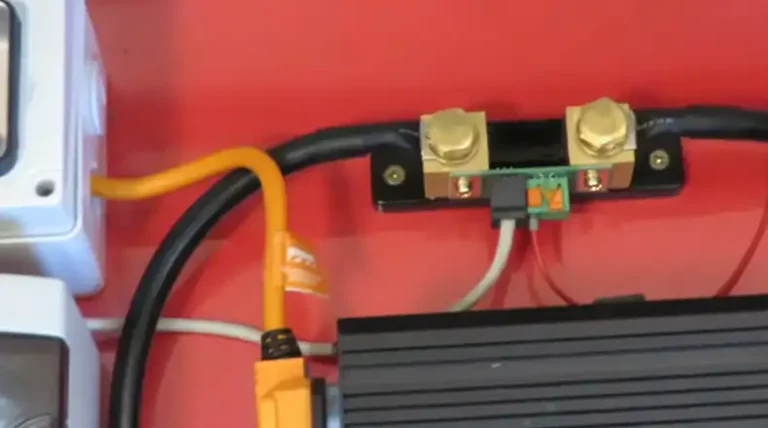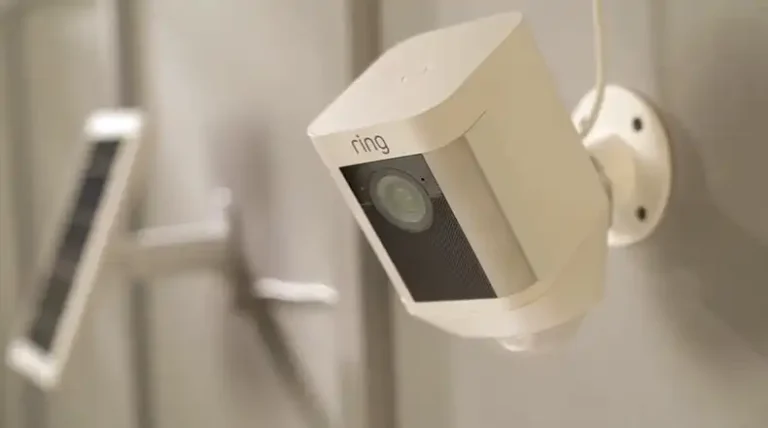60 Cell Vs 72 Cell Solar Panels | How Do I Differ Them
Choosing the right solar panels for your home can be an overwhelming task. With so many options to pick from, it’s hard to know whether 60-cell or 72-cell panels are better suited for you. Making the wrong decision could lead to system underperformance and lost savings over your solar panel’s 25+ year lifetime.
The core difference comes down to power density – 72 cell panels can generate more kilowatts per panel. However, 60-cell options tend to be more affordable upfront. Ultimately, you’ll need to balance your budget and how much roof space you have available to determine the best fit.
By the end of this guide, you’ll understand the pros and cons of both panel types to decide with confidence. Stick with me through the technical details, and you’ll be on your way to reaping the environmental and economic perks of solar energy for decades to come!
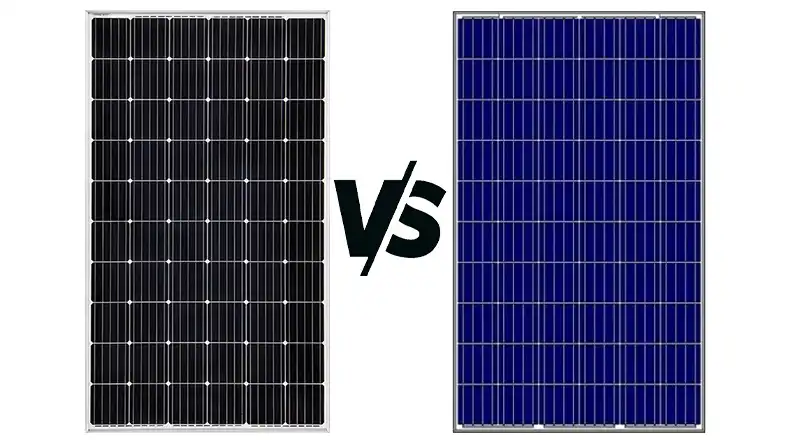
Physical Size and Weight Differences of 60 and 72-Cell Panels
Solar panels generate electricity by combining solar cells – the more cells, the more power potential. However, more cells also increase the panel size and weight.
60 Cell Solar Panels
Most standard solar panels house 60 photovoltaic monocrystalline silicon cells (156mm x 156mm each). With cell spacing, the total panel dimensions come out to about 39-40 inches wide by 65-66 inches long, weighing around 40-50 lbs.
60 cell panels can fit easily on most rooftops without overhanging edges or needing special racking equipment to handle the load. The lighter weight also makes installation faster and easier.
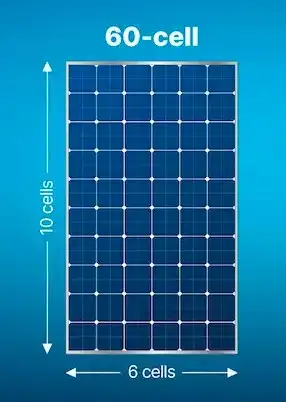
72 Cell Solar Panels
Alternatively, 72-cell panels cram in 12 additional circular cells, arranged in 9 even columns instead of 8. With the extra cells, 72-cell panel dimensions bump up to around 65 inches wide and 39 inches long – nearly a complete swap from 60-cell size proportions.
The denser cell packing also tips the scales at 55-65 lbs per 72-cell panel on average. Rooftops must accommodate the longer width, and installers need equipment capable of lifting heavier weights safely.
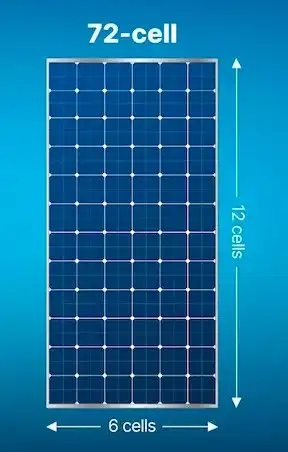
So clearly, 72-cell solar panels offer more solar harvesting potential by expanding the cell count. But how does that actually impact performance and pricing?
Power Output Differences
With those extra 12 cells soaking up the sunlight, 72 cell panels can crank out more watts per individual unit. The power output ratings between 60 cell and 72 cell options of the same solar panel model can differ by up to 20%.
Let’s take the SunPower M-Series as an example. For the 60 cell variant, power ratings range from 360-400 watts. But ratings jump up to 435-480 watts for 72 cell versions – a hearty power increase from jamming in those additional converters.
Overall, most 60 cell solar panels fall in the 300-400 watt range, while 72 cell panels rate from 415 up to 525 watts under standard test conditions. That 25% higher per panel output means you need fewer panels to reach the same system capacity.
So with 72 cell variants, you can potentially achieve your household electricity demands with fewer solar panels. That saves costs on supporting electrical equipment like inverters and racking. It also reduces installation labor time.
But the panels themselves come at a higher upfront price. Let’s explore why next.
Pricing Variations
Given the boosted specs, 72 cell solar panels unsurprisingly demand a higher market price over 60 cell options. They require more raw silicon material for those extra cells, along with reconfiguring manufacturing molds to accommodate the new dimensions.
On average, 72 cell solar panels run around $0.30-0.60 per watt more expensive before solar incentives kick in. At the utility scale, a few extra pennies per watt make big cost differences. But for a small residential array, it likely only adds a couple hundred dollars in the end.
The trickier pricing impact comes when comparing full system prices, not just the sum of panel costs. With fewer 72 cell solar panels required to meet household energy demands, you essentially recoup some of that premium pricing via needing less supporting equipment.
Let’s break down an example scenario:
- Option 1: 20 x 360W (60 cell) panels = 7,200W system
- 20 panels x $195/panel = $3,900 for panels
- Option 2: 14 x 430W (72 cell) panels = 6,020W system
- 14 panels x $250/panel = $3,500 for panels
Despite the steeper per-panel price tag, the 72 cell system costs $400 less overall since you need six fewer units. Factor in additional savings from purchasing fewer racking pieces, simplified wiring, and shorter installation time, and the system pricing difference becomes negligible or favors 72 cell panels.
So when evaluating solar panel options on cost, look past the per-unit sticker price to realize the full lifetime value.
Efficiency & Energy Density Pros
We’ve hinted at efficiency a few times already, but what does that actually mean and deliver? Solar panel efficiency refers to what percentage of the sun’s photons striking the panel get converted into usable AC power.
Typical 60 cell panel efficiency ratings sit around 19-22%, while 72 cell options range from 21-25% thanks to advanced cell technologies like passivated emitter rear contact (PERC). That few percentage points make an enormous difference when multiplying across thousands of hours of sunlight over decades.
It comes down to energy density – how much power gets squeezed from a given surface area. Picture it like buying plots of land. You wouldn’t build a 1,500 sq ft home on a 5,000 sq ft lot because that’s wasting usable land. Similarly, 72 cell panels cram more productivity potential onto each square inch.
That increased energy density translates into some stellar advantages:
- Greater efficiency – More photons get put to work, reducing wasted sunlight opportunities. Some 72 cell panels even crack the 25% efficiency mark!
- Higher power capacity – Instead of adding more panels, upgrade to 72 cell versions to raise system output within the same footprint.
- Smaller rooftop coverage – Get the watts you need while blanketing less of your roof, preserving space for future expansions or amenities.
- Simplified installs – Fewer panels to wire up and mount, shrinking on-site labor time and complexity.
However, to reap those benefits depends on having enough physical roof space to accommodate the longer width of 72 cell panels. Urban homes or narrow rooftops simply may lack the necessary real estate. In those cases, 60 cell panels still prevail as the practical choice.
Temperature Performance Differences
Another subtle but important performance metric to compare is temperature coefficients – basically how much a solar panel’s productivity drops as temperatures rise. The hotter the operating environment, the less efficient the photon conversion process becomes.
Most solar panels share a temperature coefficient of around -0.30 to -0.35% per degree Celsius. So for every 1 degree over the standard test condition (STC) metric of 25°C, the solar panel power drops by 0.3%.
That may not seem like much, but ambient temperatures can easily reach 40-60°C in hot climates. You’re then looking at 10-15% power loss just from the cells running warmer!
In contrast, some 72 cell solar panels have improved temperature coefficients around -0.29%/°C. While only 0.01% better on paper, each percent matters greatly when compounded over 25+ years of solar panel operation. The cooler-running nature of 72 cell options translates into 2-4% greater lifetime energy output through improved thermal resilience alone.
So 72 cell panels tend to not only have higher rated capacities under perfect conditions but also sustain more of that productivity during unavoidable environmental stress. That’s key for solar panel ROI longevity and beating financial break-even timelines.
Longevity & Degradation Factors
Speaking of lifetime value, how do 60 cell and 72 cell solar panels stack up on degradation? All solar panels lose a fraction of productivity annually through inevitable natural aging. Key factors like weathering, mechanical stresses, and thermal cycling slowly but surely chip away at electrical output.
Manufacturers typically guarantee 60 cell panels will degrade less than 0.7% yearly, losing no more than 20% after 25 years. Some premium panels may only degrade 0.5% or less.
In contrast, 72 cell solar panels degrade around 0.6% thanks to built-in reliability advantages. The 6-diode architecture better protects against cell mismatch and internal electrical losses. Larger wafers and half-cut cells also prove more crack resistant while shedding heat and moisture more effectively.
When multiplying to the 20+ year expected functional lifespan, a 0.1% degradation difference avoids 5% extra lost productivity – making your solar asset even more valuable. So 72 cell panels win this category too for electrical resilience and financial projections.
Wind & Snow Load Handling
While we’re on reliability topics, what about physical durability? Solar panels need to withstand decades of exposure to wind, rain, hail, snow loads, and extreme temperatures. Typically, 60 cell options suffice for most residential environments. But 72 cell panels go the extra mile.
By integrating half-cut cells and more robust frame construction, 72 cell panels achieve wind load certifications over 4,400 Pascals and snow loads exceeding 7,000 Pascals. In plain terms, these babies can handle hurricane-force winds and feet of accumulated frozen precipitation!
So for homes in particularly adverse climate regions, 72 cell panels deliver extra peace of mind. Their fortress-level engineering proves well-prepared to conquer whatever weather comes their way.
60 Cell Vs 72 Cell Solar Panels: The Comparison Table
Here is a comparison table highlighting some of the key differences between 60 cell and 72 cell solar panels:
| Metric | 60 Cell Solar Panels | 72 Cell Solar Panels |
| Cell Count | 60 | 72 |
| Dimensions | Typically 39-40″ x 65-66″ | Typically 65″ x 39″ |
| Weight | 40-50 lbs | 55-65 lbs |
| Power Output | 300-400W | 415-525W |
| Efficiency | 19-22% | 21-25% |
| Temperature Coefficient | -0.30 to -0.35%/°C | -0.29%/°C |
| Degradation Rate | <0.7% per year | ~0.6% per year |
| Wind Load Rating | Up to 4,400 Pa | Over 4,400 Pa |
| Snow Load Rating | Up to 7,000 Pa | Over 7,000 Pa |
| Price Per Watt | Lower | Higher |
| Total System Price | Higher | Can be Lower |
According to the above table,
- 72 cell panels are more powerful and efficient, but are larger, heavier, and cost more per unit
- 60 cell panels are smaller, lighter, and cheaper, but produce less power per panel
- Due to needing fewer 72 cell panels, total system pricing can be lower or comparable
60 Cell Vs 72 Cell: Which One You Prefer?
When considering 60 cell vs 72 cell solar panels, a few key performance and economic differences stand out:
60 Cell Solar Panels
- Cheaper per-unit pricing
- Smaller dimensions fit more rooftop scenarios
- Weigh less for simpler installations
- 19-22% efficiency conversion
72 Cell Solar Panels
- Higher wattage per panel
- 21-25% increased efficiency potential
- Better energy density and temperature resilience
- Enhanced physical durability and wind/snow ratings
- Less degradation over operational lifetime
Ultimately, 72 cell solar panels generate more clean energy over time from their densely packed surface area. But if budget or roof space remains limited, 60 cell panels still shine as an efficient solution.
End Notes
Carefully weigh your household’s constraints, ambitions, and long-term financial model before deciding. With insight into these key comparisons, you’re now equipped to select the best solar panel cell count for your goals. Thanks for taking this informative deep dive with me! I hope the solar concepts and data make your buying decision clearer. Please leave a comment for any lingering questions, and enjoy basking in bountiful sunshine from your upcoming rooftop array.
FAQs for Your Further Query
How Much Roof Space Is Needed For A Solar System?
Most solar systems require about 100 to 200 sq ft of unshaded rooftop space for an array of 15 to 30 panels. However, the exact coverage depends greatly on the panel wattage and energy demands involved. Higher efficiency options like 72 cell panels reduce your total space footprint.
Do 72 Cell Solar Panels Have Microinverters?
While not required, most 72 cell panels work optimally with microinverters or power optimizers. Those components mitigate electrical losses from cell mismatches and shade interruption by tuning each panel independently. Multiple inverters ensure top performance for 72 cell panes’ expanded size and cell count.
Which Solar Panel Do Installers Prefer?
Many solar installers tend to lean toward 60 cell panels as their go-to preference for residential jobs. The smaller dimensions, lighter weights, and straightforward wiring pose fewer handling issues on the job site. However, the extra power density potential from 72 cell panels proves highly attractive for maximizing system capacity within limited roof areas.
How Many Solar Panels Can I Fit On My Roof?
A quick thumb rule is to divide your unshaded roof square footage by 150 to get an estimate of solar panel capacity. But to accurately size a custom solar array tailored for your house dimensions and usage patterns, utilize a solar calculator tool or consult a designer. A site evaluation measures prepping needs and shadows to configure an optimized layout.
Can You Mix 60 Cell And 72 Cell Panels?
Technically yes – as long as the respective strings feed separate MPPT inverters or inputs for independent optimization. But mixing cell counts is seldom recommended. The differing electrical outputs and shading profiles make the system tricky to uniformly tune for peak performance. Segregate cell numbers across isolated subarrays if combined.

